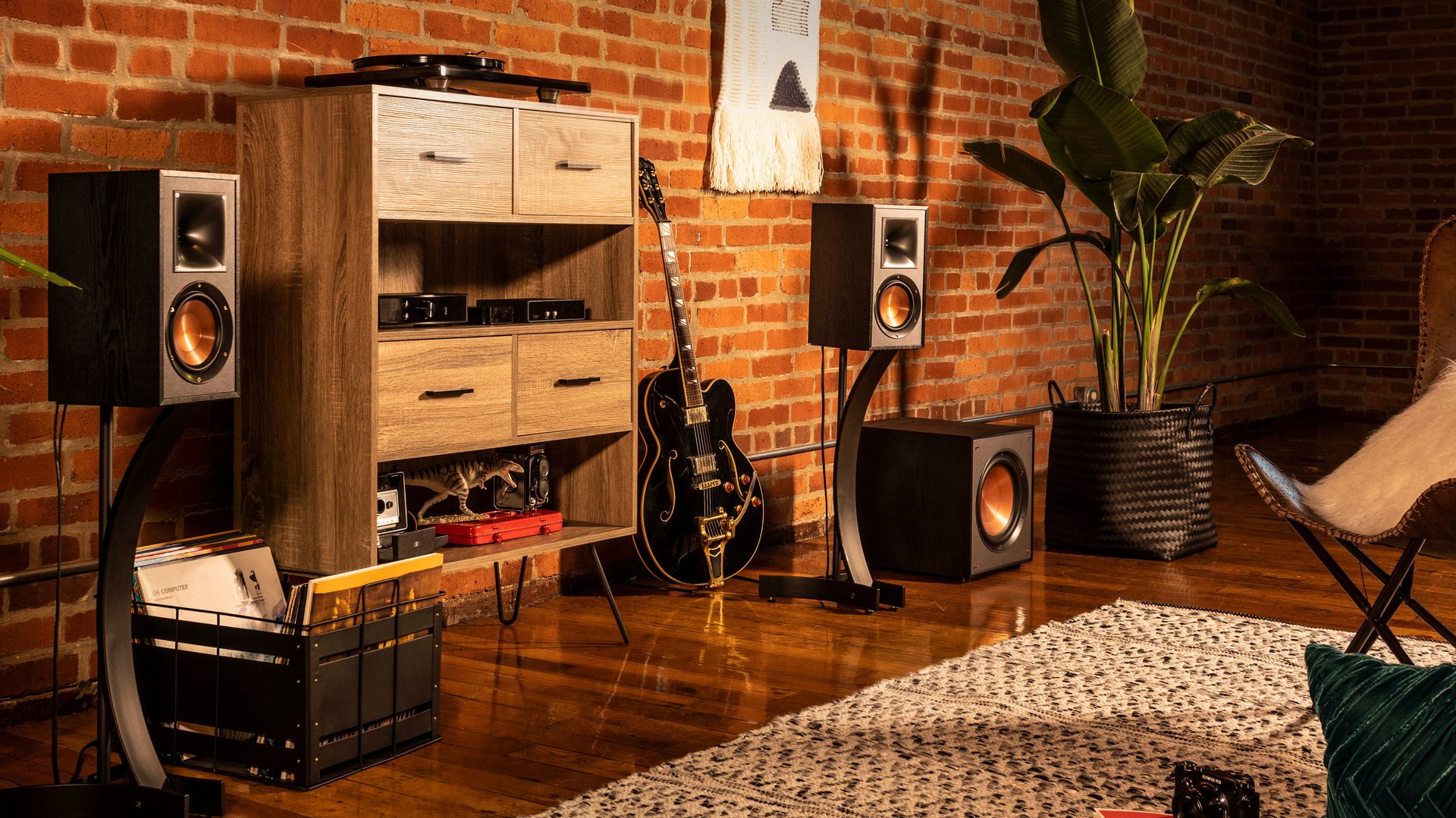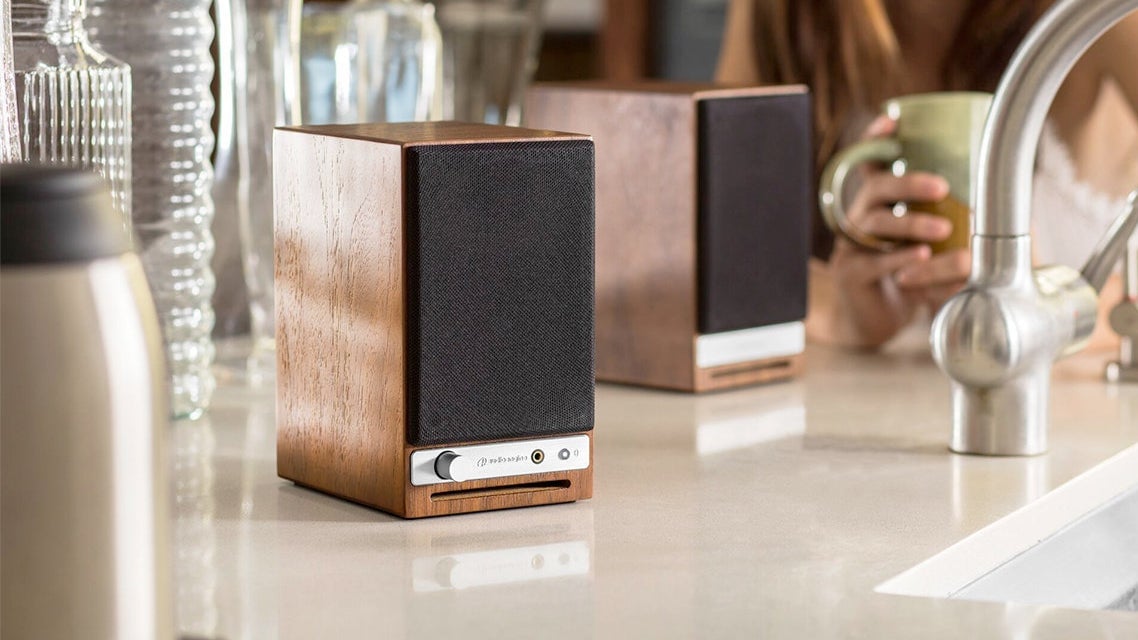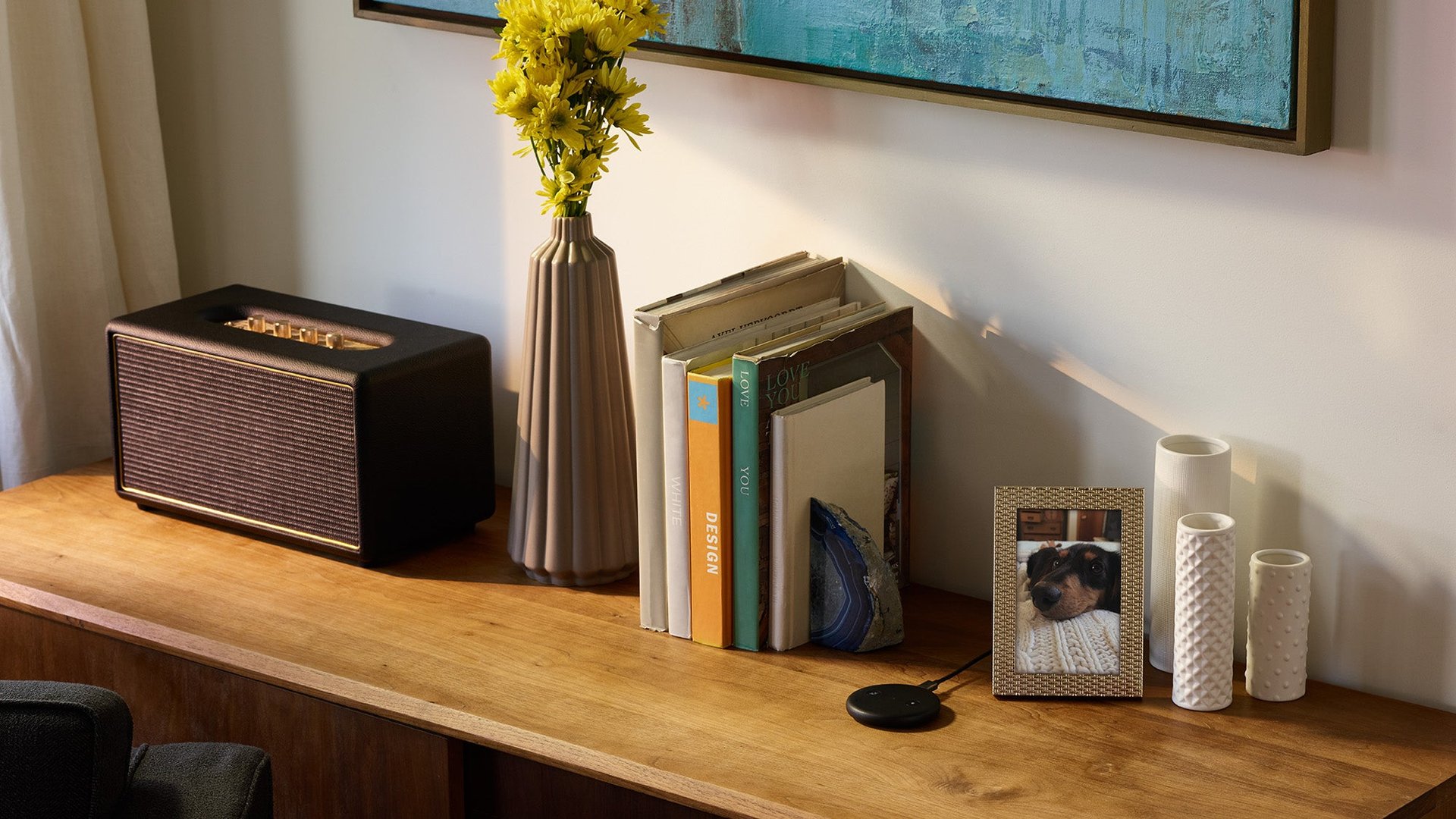Build a Timeless Streaming Audio System with These Speakers and Add-Ons
I love my smart home, but if there’s one area I prefer more old-school tech, it’s audio. A good set of passive speakers can last you a lifetime, and you can swap in new amplifiers, receivers, or streaming add-ons whenever the tech world moves to a new audio platform—that way, you don’t end up wasting thousands of dollars on a Sonos system that dies a slow, painful software death.

I love my smart home, but if there’s one area I prefer more old-school tech, it’s audio. A good set of passive speakers can last you a lifetime, and you can swap in new amplifiers, receivers, or streaming add-ons whenever the tech world moves to a new audio platform—that way, you don’t end up wasting thousands of dollars on a Sonos system that dies a slow, painful software death.
Suggested Reading
Build a Piecemeal Stereo System That Lasts
If you want a true, old-school stereo with separate components that you can mix and match (and will stand the test of time), you’ll want to start with a pair of passive speakers. Passive speakers don’t plug into the wall—they connect to an amplifier or receiver using speaker wire, and receive power from that instead. That means no matter what happens to your receiver, or wireless streaming platform, you’ll be able to keep using those speakers for years.
Related Content
Right now, the $270 ELAC Debut 2.0 B6.2 are widely regarded as some of the best passive bookshelf speakers you can buy for an affordable price. A 6.5-inch woofer ensures you cover a wide range of sound, and the flat black finish is understated enough that it’ll blend in to your shelves nicely. If you don’t have quite that much to spend, there are decent speakers on the lower end, too. Pioneer’s Andrew Jones-designed series is great, and has bookshelf speakers for just over $100. Or, if you’re a fan of the more unique, bright Klipsch sound, their entry level reference bookshelves are $140. If you have more space to dedicate, a pair of tower speakers like Polk’s T50 at $130 are a great buy. And for true budget speakers, I always look to Parts Express’ Dayton sub-brand—their B652-AIRs are only $50 on Parts Express’ site. (On the other hand, if you have money to blow, look at KEF’s LS50, which are incredible bookshelves for $900.) Heck, you can even add some outdoor Polk Atrium4s if you want to expand your system to the backyard.
Of course, you’ll need an amplifier or receiver to power any of these speakers. For a simple stereo setup, something like the Sony STRDH190 or Yamaha R-S202BL will do you good for under $200, though if you plan on using them in a home theater, you may want something with room to grow into a surround sound system, like the $330 Yamaha RX-V485 for 5.1 audio or its bigger brother for a 7.2 or 5.1.2 Dolby Atmos setup at $500. (I’m currently using the Pioneer VSX-LX03, which can go all the way up to 5.1.4 for only $400—a steal compared to its competitors.) If you need something smaller and cheaper, Dayton’s DTA-120BT2 is a good option for small stereo systems, and even has Bluetooth built-in.
Whatever you do, when buying audio equipment, make sure you do a little research and make sure your speakers are well suited for your amp (or vice-versa)—otherwise you may not be able to get enough volume, especially with some of the cheaper amps out there. And buy from somewhere with a good return policy, so if you don’t like the way your speakers sound, you can swap them for something else.
Grab Some Standalone Powered Speakers for Simplicity

Putting together a full stereo isn’t for everybody. If you aren’t looking to “get into audio” and want the simplicity of a Sonos setup without the expiration date, a set of powered speakers may be a better choice. You won’t need a receiver or speaker wire, since the speakers have an amp built-in—just plug the speakers into the wall, plug your music player into the audio jack, and start jamming.
Audioengine is an extremely popular brand in this realm, with their $350 HD3 speakers being some of the most well-regarded. Edifier is another, with options ranging from the $100 R1280T to the $350 S1000DB. If you want something a bit more standalone, Klipsch’s The One is a cool retro-style speaker with Bluetooth and auxiliary input for $280, though you can grab one refurbished for $200.
In home theater land, you can also use a soundbar to supplement any other speakers you have in the house. I’m personally a fan of the Sony HT-Z9F, which has three channels for clear dialogue, a wireless subwoofer, and virtual processing that delivers an impressively wide soundstage for movies—on top of some solid music performance, of course. Samsung’s soundbars sound even better, albeit with a larger footprint and extra speakers that bounce sound off your walls for that wider soundstage. On the budget end, Yamaha makes some great options, as does Vizio.
Stream Throughout the House with Wireless Add-Ons

Gathering your speakers is the meat of this project, but it doesn’t end there—after all, your music still has to come from somewhere, and most of these speakers don’t have Spotify built-in.
A lot of receivers and soundbars, on the other hand, do support streaming services like Spotify and wireless protocols like Bluetooth, Apple’s AirPlay, and DTS’ Play-Fi. That’s awesome, but the beauty of this setup is in its modularity: when a new service comes out your gear doesn’t support, you can add it on yourself. Or if your home theater supports AirPlay and your outdoor speakers don’t, you can add on a module that brings them together for one seamless, whole-house system.
Generally, I recommend a protocol that uses Wi-Fi over Bluetooth, since Bluetooth isn’t really meant for syncing a whole-house system together. If you’re an Apple user, AirPlay is the obvious choice. Apple discontinued their amazing AirPort Express, and I’m still bitter about it, but you can find them used and refurbished all over the web. Heck, I’m still using my old Wireless G version, which I grabbed on eBay for super cheap—its wireless chip may be outdated, but for AirPlaying MP3s, it still works wonders. You can also AirPlay music to any Apple TVs you have around the house.
If you’re more of a Google household, Google’s Chromecast Audio is similarly discontinued, and similarly available in used and refurbished form around the web. The regular Chromecast can hook into a receiver via HDMI and play audio over the same protocol. Sadly, the Nest Mini still doesn’t have a 3.5mm jack for plugging in external speakers, but I’m still holding out hope for the future.
Thankfully, the competing voice assistant, Alexa, has you well covered in this realm. Most of Amazon’s Echo devices have a 3.5mm line out jack that can plug into your speakers—that way, you just tell your $50 Echo Dot to play whatever you want, and it’ll head straight to your nice bookshelves. The cheaper Echo Input seems to be out of stock, and potentially discontinued—but it’s all over eBay for virtually pennies. Amazon also sells the $200 Echo Link, which supports higher-fidelity audio, and the $300 Echo Amp, which has an amplifier built-in for your passive speakers—though that gets you into “could be deprecated at any point in the future” territory, which isn’t ideal for a $300 product. I’d rather get a standalone amp that’ll last well into the future.
Personally, I’m using Alexa to get audio to all my speakers around the house, but I’m not particularly married to it. And that’s the beauty of a system like this: if you decide you’re done with Amazon one day, you can swap over to Apple’s AirPlay without spending hundreds or thousands on a new speaker system. If AirPlay goes the way of the dodo, you can jump on the latest and greatest protocol without skipping a beat—and your large array fo speakers will continue pumping out tunes for years to come, with no planned obsolescence getting in the way.
